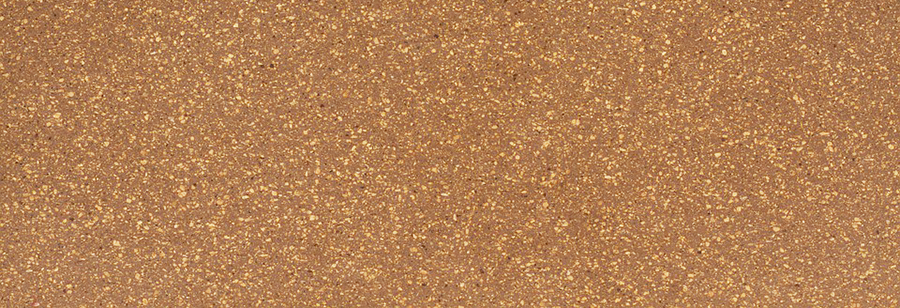Cork in construction
Cork is a product most commonly harvested from the outer bark of the cork oak (Quercus Suber), a thick soft spongy phellem, it also has an inner bark allowing it to survive when the outer bark is removed and regrow the outer bark cover over a number of years. After the first 25 years, bark regrowth of the tree takes around 9 years to regenerate making the cork material a rapidly renewable material, which also doesn't damage the tree from which it is harvested. The Cork Oak lives for about 150 - 200 years on average meaning that it will be harvested about 15 times over its lifecycle.
This ability for the tree to survive, regenerate and sequester carbon during growth along with the fact that the harvesting process does not damage or disturb the soils around the tree or the animal habitat of the tree makes it appealing as a sustainable material.
Cork has been harvested and used for over 5000 years from the Ancient Greeks to the Egyptians, Persians and Chinese, prized for its strength, water resistance and ability to float on water. It was used in sea faring vessels, small floatation devices for fishing, in the crafting of shoes, and in the manufacture of drink bottle stoppers, as well as in the construction buildings for insulation and flooring.
Today many of these use still continue to some extent, in terms of construction, cork is possibly most commonly associated with cork flooring, though it is also available as insulation blocks, sheets and also aggregate. Today the term cork may refer to other types of products than just natural cork, such as; expanded cork, agglomerated cork, cork polymers or reconstituted cork.
Expanded cork is made from cork granules which are bonded together usually using the same resins found in the cork itself. This allows larger sheets or blocks of cork to be created, than is usually possible with raw cork sheets from the tree. Agglomerated cork also uses cork granules but these are bonded together with a synthetic polyurethane bonding agent, the cork granules are usually classified in terms of density, to create different products such as flooring. Cork polymer are another way to describe agglomerated cork, sometimes with differing glued elements and reconstituted cork describes any of the above because it is formed from cork that has be ground into granules and reconstituted into another product.
[edit] Related articles on Designing Buildings
- Carbon sequestration.
- Construction innovation.
- Cork flooring.
- Innovate UK.
- Innovation in construction projects.
- Cork House.
- Insulation for ground floors.
- Polyurethane in construction.
- Resilient flooring.
- Sustainable home.
- Types of flooring.
- The five weirdest materials in construction.
- Types of rapidly renewable content.
- Whole-life costs for buildings WLC.
- Wood and the future home.
Featured articles and news
Homes England creates largest housing-led site in the North
Successful, 34 hectare land acquisition with the residential allocation now completed.
Scottish apprenticeship training proposals
General support although better accountability and transparency is sought.
The history of building regulations
A story of belated action in response to crisis.
Moisture, fire safety and emerging trends in living walls
How wet is your wall?
Current policy explained and newly published consultation by the UK and Welsh Governments.
British architecture 1919–39. Book review.
Conservation of listed prefabs in Moseley.
Energy industry calls for urgent reform.
Heritage staff wellbeing at work survey.
A five minute introduction.
50th Golden anniversary ECA Edmundson apprentice award
Showcasing the very best electrotechnical and engineering services for half a century.
Welsh government consults on HRBs and reg changes
Seeking feedback on a new regulatory regime and a broad range of issues.
CIOB Client Guide (2nd edition) March 2025
Free download covering statutory dutyholder roles under the Building Safety Act and much more.
Minister quizzed, as responsibility transfers to MHCLG and BSR publishes new building control guidance.
UK environmental regulations reform 2025
Amid wider new approaches to ensure regulators and regulation support growth.
BSRIA Statutory Compliance Inspection Checklist
BG80/2025 now significantly updated to include requirements related to important changes in legislation.























